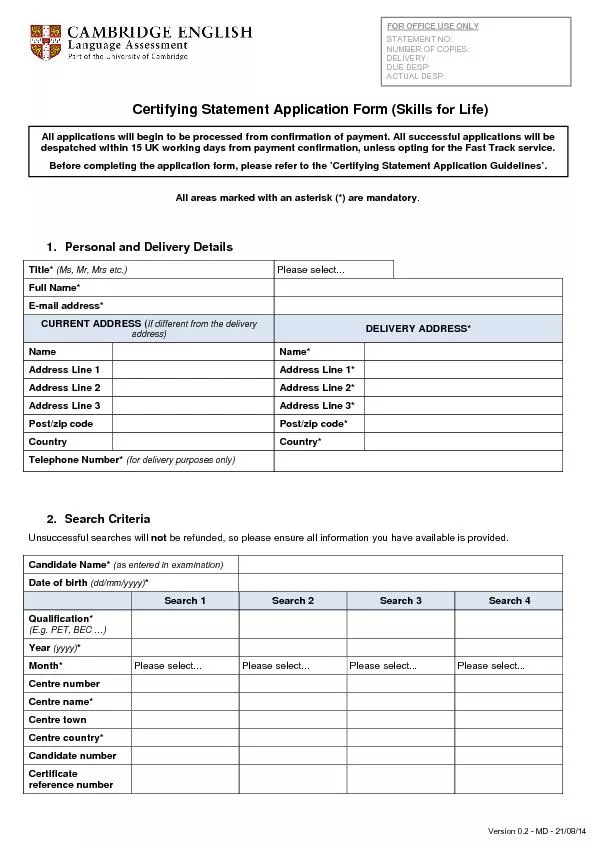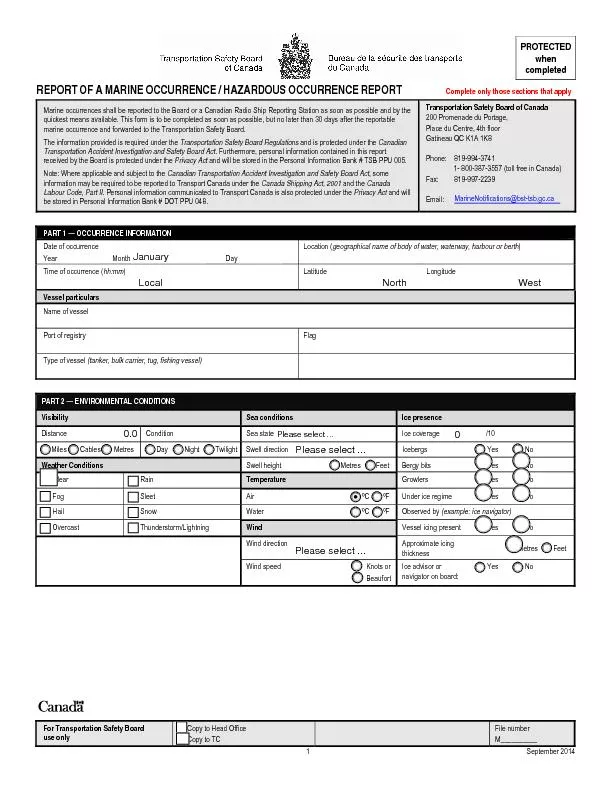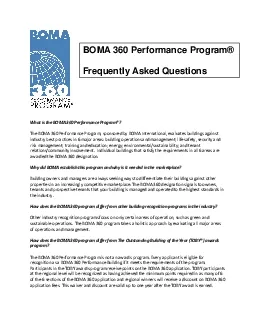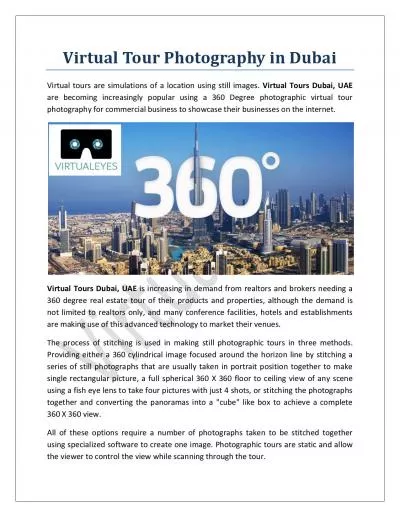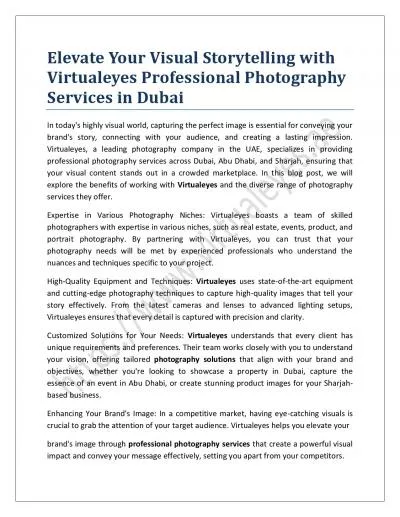PPT-Please turn to pg. 360.
Author : lindy-dunigan | Published Date : 2016-03-14
Ch 16 Human Geography of Russia amp the Republics You must have your textbook today in order to earn anything higher than an 80 on your class work Please make
Presentation Embed Code
Download Presentation
Download Presentation The PPT/PDF document "Please turn to pg. 360." is the property of its rightful owner. Permission is granted to download and print the materials on this website for personal, non-commercial use only, and to display it on your personal computer provided you do not modify the materials and that you retain all copyright notices contained in the materials. By downloading content from our website, you accept the terms of this agreement.
Please turn to pg. 360.: Transcript
Download Rules Of Document
"Please turn to pg. 360."The content belongs to its owner. You may download and print it for personal use, without modification, and keep all copyright notices. By downloading, you agree to these terms.
Related Documents


